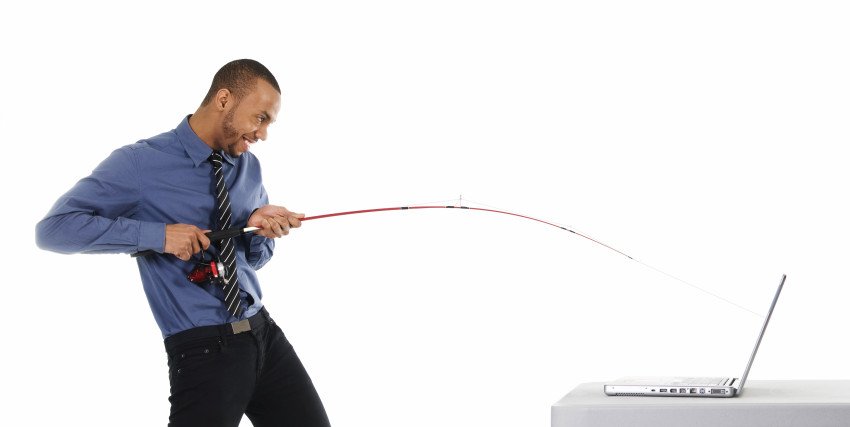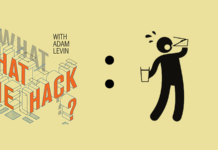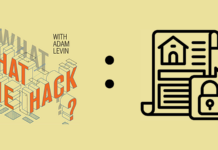
Last week, the President and Commander in Chief announced something many Americans had been anticipating (though less and less, as time passed) for nearly a decade. Osama bin Laden, the person responsible for the single largest murder of Americans in history had been found and summarily executed in a stunningly efficient covert operation carried out by the Navy Seals.
Not everyone reacted with the same celebratory response seen outside the White House and at Ground Zero. Bin Laden’s acolytes immediately threatened revenge, and some Pakistanis wondered just how a James Bond-like attack could have been carried out on their soil without their knowledge. (Perhaps they should be wondering how the most wanted man in the world could have been living the high life in their midst for almost five years.) For others, the news created an opportunity.
Within 24 hours of the President’s newscast announcing bin Laden’s death, email inboxes started receiving predictable bin Laden-related spam. The two most common subject lines I’ve seen are “Osama bin Laden captured!” and “Osama hanged!” Each purports to contain a photo attachment of the killing. These are intriguing offers, considering the U.S. government has yet to release a photo of the late bin Laden (and that he died by gunshot, not by noose).
Needless to say, the attachment is a complete fraud. This is not to say that it’s one of the many phony Photoshop images with which the web is rife these days. Rather, there is no photo at all—only a virus. I’ve personally seen at least two distinct iterations in this first spam wave (yes, there is a second wave): one email attachment that simply destroys your hard drive, and another that installs a nasty tracking worm.
While security researchers investigate who is wiping out hard drives, it’s probably safe to say that whoever is sending the tracking worms is after email contact lists, online bank or retail account information, birthdays, Social Security Numbers, physical addresses, or anything else that could fill in the blanks of your financials or your life for an identity thief.
The senders of these emails purport to be organizations sounding vaguely patriotic, and at least one claiming to the FBI. Predictably, the second wave followed the first almost immediately. This more sophisticated round of phishing attacks was marked by better grammar and spelling, and relied on emails that purported to have come from a person the potential victim would know—obviously someone whose address book had already been compromised. Some of these second-wave emails were even more clever; not only were they spelled correctly and came from someone the recipient knows—they actually “warned” of bin Laden-related phishing scams! In cases like these, the attachment is labeled something like “CNN: watch for fake bin Laden emails.”
Further, many of the second wave emails have links to Facebook and Twitter accounts, quite possibly to YOUR Facebook or Twitter account! Phishing attacks are commonly being geared toward Facebook, Twitter, and perhaps other social networking sites. In fact it appears identity thieves have learned to post their malware on the pages of innocent people.
Like a virus of the physiological kind, the scams and the malware they contain mutate very, very quickly. They become more sophisticated, more credible, and more targeted with each successive wave. These mutations are possible because identity thieves have so much information available to them that the really clever ones can correlate facts in order to make their attacks more likely to succeed.
Their success rate will inevitably become much higher as data thefts on a grand scale continue to happen every week. We are being surrounded, and they are closing in for the kill. The more data that is available to the thieves, the more likely it becomes that you will one day open the wrong attachment. If a thief has your email address and date of birth from one data breach, your email and the fact that you visit a veterans’ hospital from a different data breach, it may be safe to assume—and the thief certainly will—that you would be particularly interested in those bin Laden photos. Unfortunately, the assumption we need to make is that to the extent we use the web for commercial or social networking purposes, some identity thief somewhere has at least some information about us.
In addition to all of the other prophylactic advice that we have given in this column, let’s apply a little common sense to phishing attacks in particular. First, limit your exposure. This means that you should adjust the privacy settings on any social networking site you frequent to make it at least difficult, if not impossible, for unknown persons to post content on your page. Second, watch your email inbox like a hawk. A little trick I use is that whenever I see an email that raises any suspicion in my mind, I leave my desk to get a cup of coffee or a Coke Zero. This prevents me from acting impulsively, with the kind of curiosity that could potentially allow cyber ninjas to crawl into my life. Another simple stratagem is to observe the full email address of a sender before you open the email, let alone any attachment. Many email systems permit you, by means of rollover or otherwise, to see the full email address of the sender before any other action is taken. This way, when the sender shows up as your old friend “Tom Foley,” you might see that the email address of that phony Foley is actually something that ends with “.ru”—a dead giveaway.
Unfortunately, there is no trick aside from good old-fashioned caution and vigilance that can protect you from an email sent from a real friend’s actual email address after his address book has been compromised. Identity thieves are getting smarter and gathering information damn near every cyber-minute. They are an opportunistic bunch, and will take advantage of any news item that is likely to lend credibility to their attacks. Whether it’s bin Laden’s death, a tornado, or even a Lady Gaga sighting, any major event will give rise to new and ever more sinister phishing expeditions.
Of course these events have always appealed to a capitalistic zeal. I noticed today that the T-shirts commemorating bin Laden’s death are already out in the street vendors’ carts. The ones I saw had something like the “Ghostbusters” logo, except that inside the circle with a line through it was a picture of bin Laden, not your ordinary ghost.
Whether such opportunistic profit seeking lures or repels you, when current events are used to bait a phishing hook, it’s definitely poison.
Originally posted at Credit.com.










